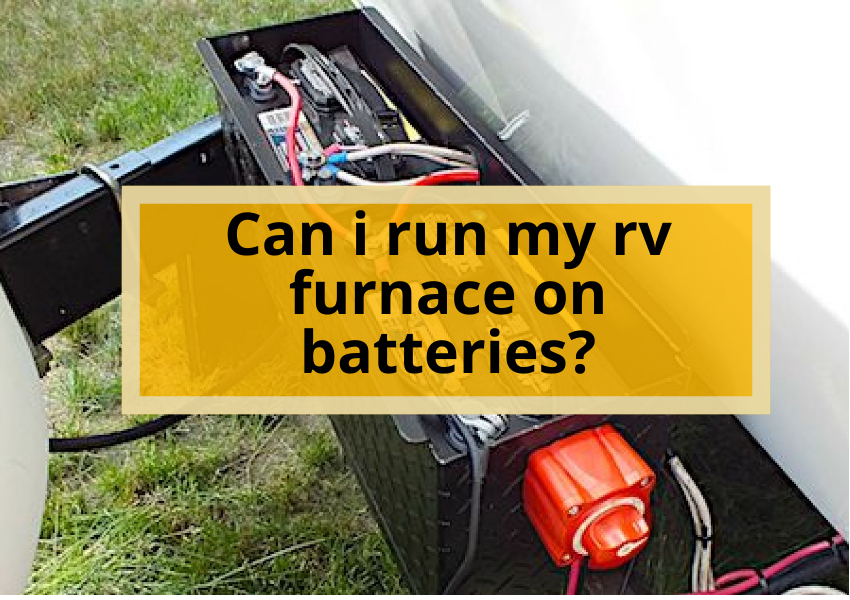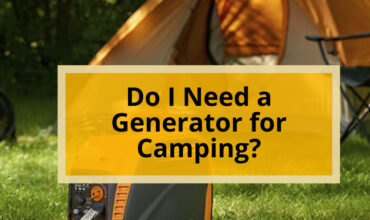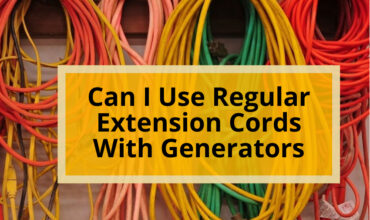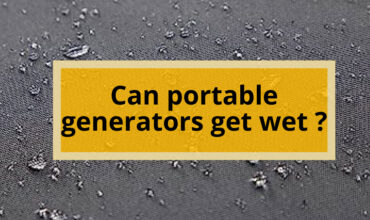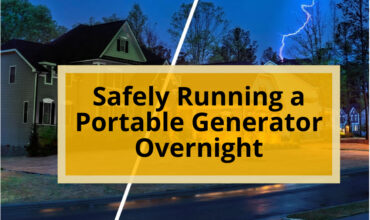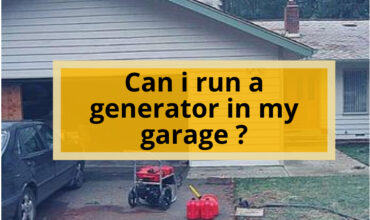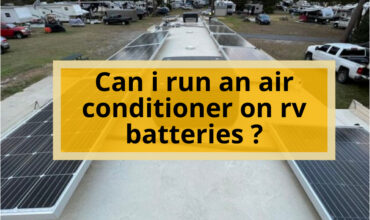One of the most common questions for RV owners is whether running the RV furnace solely on battery power is possible. While it is possible with the right setup and preparations, there are some important factors to consider before deciding to go completely battery-powered for your RV furnace.
In this complete guide, we’ll cover everything you need to know about running an RV furnace on batteries, including:
- How RV Furnaces Work
- What Type of Batteries You’ll Need
- Calculating Power Requirements
- Setting Up and Wiring Your System
- Making Your Batteries Last Longer
- Backup Power Options
- Safety Tips and Precautions
By the end of this article, you’ll fully understand what’s required to successfully and safely operate an RV furnace on battery power alone during dry camping or in other off-grid situations.
How RV Furnaces Work
Before we get into the specifics of running a furnace on batteries, let’s briefly go over how RV furnaces work.
RV furnaces are typically propane-fired forced air units. The propane provides the heat source, which is then blown through ductwork by a blower motor to distribute warmed air throughout the RV.
Furnaces require a 12-volt power source to operate the blower motor and electronic control board, even if they ignite with propane. This 12-volt power is usually supplied by the RV battery bank when not plugged into shore power.
So, the main power requirements for operating an RV furnace are:
- Propane to fuel the burner and produce heat
- 12-volt DC power for the blower and electronics
That means running a furnace on batteries alone, with ample battery capacity, is possible.
Also read: Power Up Your RV: Quick Guide To Charging Batteries
What Type of Batteries You’ll Need
When planning to run any significant electric load from your batteries, you must ensure you have a properly sized battery bank of high-quality, deep-cycle batteries.
For most RV furnaces, you’ll need at least 100-200 amp hours of total battery capacity if you plan to run exclusively on batteries for over a day or two. AGM or lithium batteries are recommended for their long life, efficiency, and fast recharging.
Flooded lead acid batteries will work but will be heavy, require more maintenance, and won’t last as long. Ensure your battery bank sufficiently powers your highest electric load for the desired time.
Calculating Power Requirements
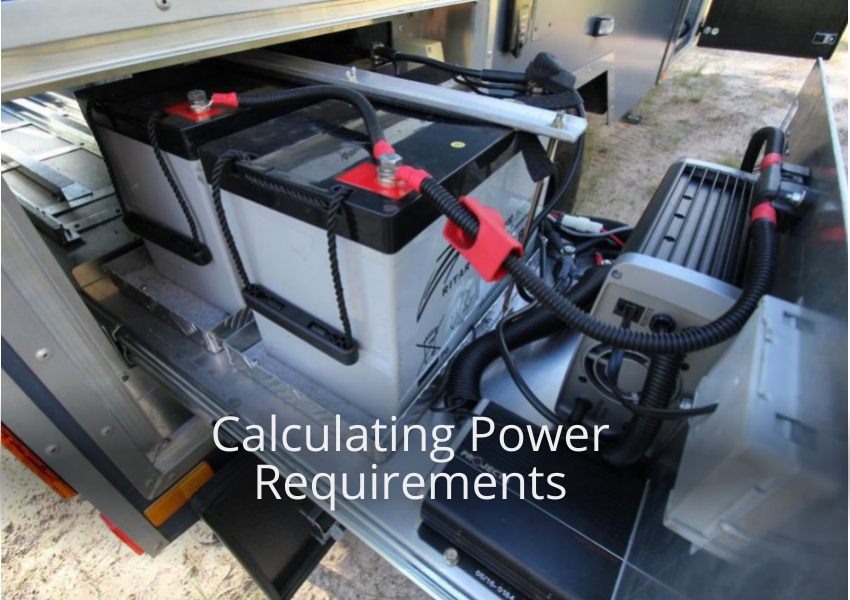
To determine the exact size and capacity of the battery bank, you’ll require, you need to calculate your furnace’s total power consumption.
The furnace or spec manual’s amp or watt rating should indicate its maximum current draw. When starting the blower, this is how much power it consumes during the startup cycle.
Once running, the furnace only needs a few amps to power the blower and electronics, which is much less than the startup surge. Calculate your expected average furnace runtime between recharges to determine the minimum battery capacity required.
Also read: Maximizing Car Battery Power For Inverter Usage
Setting Up and Wiring Your System
You’ll want the battery bank to be wired directly to the RV’s 12-volt distribution panel and fuse box for proper setup. This allows power from the batteries to be distributed to the furnace and other electronics.
Be sure to use sufficiently thick gauge wire to prevent excessive voltage drop. The furnace may need to pull 50 amps or more on startup from the batteries, which requires a large diameter wire.
You’ll also want to install a battery monitoring system to track remaining battery capacity and monitor your electrical loads accurately. Proper wiring and fuses are critical when connecting a battery bank.
Consider installing a battery isolator if you plan to charge the battery bank using the RV alternator while driving. This prevents the house batteries from draining the starter battery.
Making Your Batteries Last Longer
To maximize battery life, follow these usage tips:
- Turn the thermostat down at night and use warm bedding to stay comfortable. Only run the furnace enough to take the chill off.
- Minimize using other 12-volt loads when relying solely on battery power. Turn off unnecessary lights, appliances, and electronics.
- Let the batteries fully recharge after each use before depleting again. Never drain batteries below 50% capacity.
- In cold weather, insulate or enclose the battery bank to maintain performance. Cold temperatures degrade lead-acid batteries.
Following these steps will help your batteries last for years and give you the most usable capacity from each charge. Monitoring your electrical consumption will also help identify any inefficient loads.
Also read: Power Up Your RV: 4 Ways To Charge Batteries
Backup Power Options
While properly sized batteries should power an RV furnace for multiple days, it’s always good practice to have a backup power source if you deplete the batteries faster than expected.
Some options for backup power include:
- A propane generator to recharge the batteries in an emergency.
- Connecting the shore power inlet to a portable solar panel array.
- Having a backup supply of fully charged spare batteries.
- Using the tow vehicle alternator to charge the RV batteries while driving.
Taking advantage of renewable solar power whenever possible is recommended. A few portable panels can provide peace of mind and significantly extend battery life.
Safety Tips and Precautions
Whenever relying on batteries for primary power, follow these important safety guidelines:
- Use proper fuses/circuit protection for both positive and negative wiring.
- Ensure adequate ventilation around batteries to prevent dangerous gas buildup.
- Follow all recommended maintenance procedures for checking fluid levels, connections, etc.
- Avoid creating sparks near the batteries when making connections.
- Never smoke or have open flames near charging or discharging batteries.
- Keep a properly rated fire extinguisher nearby in case of overheating or short circuit.
Adhering to national electrical codes and the manufacturer’s safety recommendations is important when working with batteries and DC power circuits.
Be sure to use adequately sized wires, fuses, switches, and connectors rated for the loads you plan to power. This helps prevent hazardous conditions that could damage equipment or harm occupants.
Following proper installation and maintenance procedures will keep your RV’s electrical system running smoothly and safely.
FAQ
How long will my batteries run in the RV furnace?
Runtime depends on battery capacity, furnace size, and usage. With 200Ah batteries, expect 8-12 hours if used conservatively. Minimize runtime to preserve batteries.
Do I need a special inverter to run my furnace on batteries?
No, RV furnaces run on 12V DC. No inverter is needed. Connect the batteries directly to the RV’s 12V system.
What temperature should I keep the battery bank in winter?
For best performance, keep batteries above 50°F. Colder temperatures reduce capacity. Insulate or heat the compartment if needed.
Can I recharge my RV batteries while driving?
Yes, using a battery isolator allows the alternator to charge your house batteries while driving without draining the starter battery.
Should I disconnect my batteries when not in use?
Disconnecting or isolating your batteries when not needed will prevent parasitic loads from draining them. Just don’t forget to reconnect when needed!
How often should I equalize my flooded lead acid batteries?
Equalizing 2-4 times annually balances the battery cells and extends battery life. Follow manufacturer recommendations.
What size wire should I use for my RV battery bank connections?
For a 200Ah battery bank, use at least 4/0 gauge wire for main connections to minimize voltage drop. Go thicker for longer runs.
Is it safe to run my furnace and other 12V loads on batteries?
Yes, as long as proper fusing and wiring procedures are followed. Monitor battery state of charge to avoid over-discharging.
Conclusion
Running an RV furnace solely on battery power is possible with the right batteries, setup, and careful usage. Just be sure to calculate your expected power requirements, invest in a properly sized battery bank, and follow safe wiring procedures.
Implementing backup charging options and maximising battery efficiency will allow you to stay warm and comfortable using renewable energy even when off-grid in your RV.
Following this guide will give you the key information needed to successfully and safely operate your RV furnace on batteries alone so you can enjoy full independence and convenience while on the road or camping.
